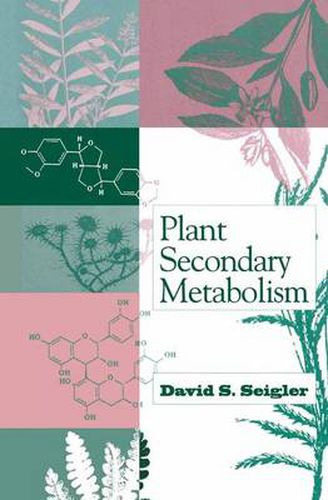Readings Newsletter
Become a Readings Member to make your shopping experience even easier.
Sign in or sign up for free!
You’re not far away from qualifying for FREE standard shipping within Australia
You’ve qualified for FREE standard shipping within Australia
The cart is loading…






This title is printed to order. This book may have been self-published. If so, we cannot guarantee the quality of the content. In the main most books will have gone through the editing process however some may not. We therefore suggest that you be aware of this before ordering this book. If in doubt check either the author or publisher’s details as we are unable to accept any returns unless they are faulty. Please contact us if you have any questions.
Life has evolved as a unified system; no organism exists similar role also has been suggested for fatty acids from alone, but each is in intimate contact with other organisms cyanolipids. Nonprotein amino acids, cyanogenic glyco and its environment. Historically, it was easier for workers sides, and the non-fatty-acid portion of cyanolipids also are in various disciplines to delimit artificially their respective incorporated into primary metabolites during germination. areas of research, rather than attempt to understand the entire Secondary metabolites of these structural types are accumu system of living organisms. This was a pragmatic and neces lated in large quantities in the seeds of several plant groups sary way to develop an understanding for the various parts. where they probably fulfill an additional function as deter We are now at a point, however, where we need to investi rents to general predation. gate those things common to the parts and, specifically, those The second type of relationship involves interaction of things that unify the parts. The fundamental aspects of many plants with other organisms and with their environment. Bio of these interactions are chemical in nature. Plants constitute logical interactions must be viewed in the light of evolution an essential part of all life systems; phytochemistry provides ary change and the coadaptation, or perhaps coevolution, of a medium for linking several fields of study.
$9.00 standard shipping within Australia
FREE standard shipping within Australia for orders over $100.00
Express & International shipping calculated at checkout
Stock availability can be subject to change without notice. We recommend calling the shop or contacting our online team to check availability of low stock items. Please see our Shopping Online page for more details.
This title is printed to order. This book may have been self-published. If so, we cannot guarantee the quality of the content. In the main most books will have gone through the editing process however some may not. We therefore suggest that you be aware of this before ordering this book. If in doubt check either the author or publisher’s details as we are unable to accept any returns unless they are faulty. Please contact us if you have any questions.
Life has evolved as a unified system; no organism exists similar role also has been suggested for fatty acids from alone, but each is in intimate contact with other organisms cyanolipids. Nonprotein amino acids, cyanogenic glyco and its environment. Historically, it was easier for workers sides, and the non-fatty-acid portion of cyanolipids also are in various disciplines to delimit artificially their respective incorporated into primary metabolites during germination. areas of research, rather than attempt to understand the entire Secondary metabolites of these structural types are accumu system of living organisms. This was a pragmatic and neces lated in large quantities in the seeds of several plant groups sary way to develop an understanding for the various parts. where they probably fulfill an additional function as deter We are now at a point, however, where we need to investi rents to general predation. gate those things common to the parts and, specifically, those The second type of relationship involves interaction of things that unify the parts. The fundamental aspects of many plants with other organisms and with their environment. Bio of these interactions are chemical in nature. Plants constitute logical interactions must be viewed in the light of evolution an essential part of all life systems; phytochemistry provides ary change and the coadaptation, or perhaps coevolution, of a medium for linking several fields of study.